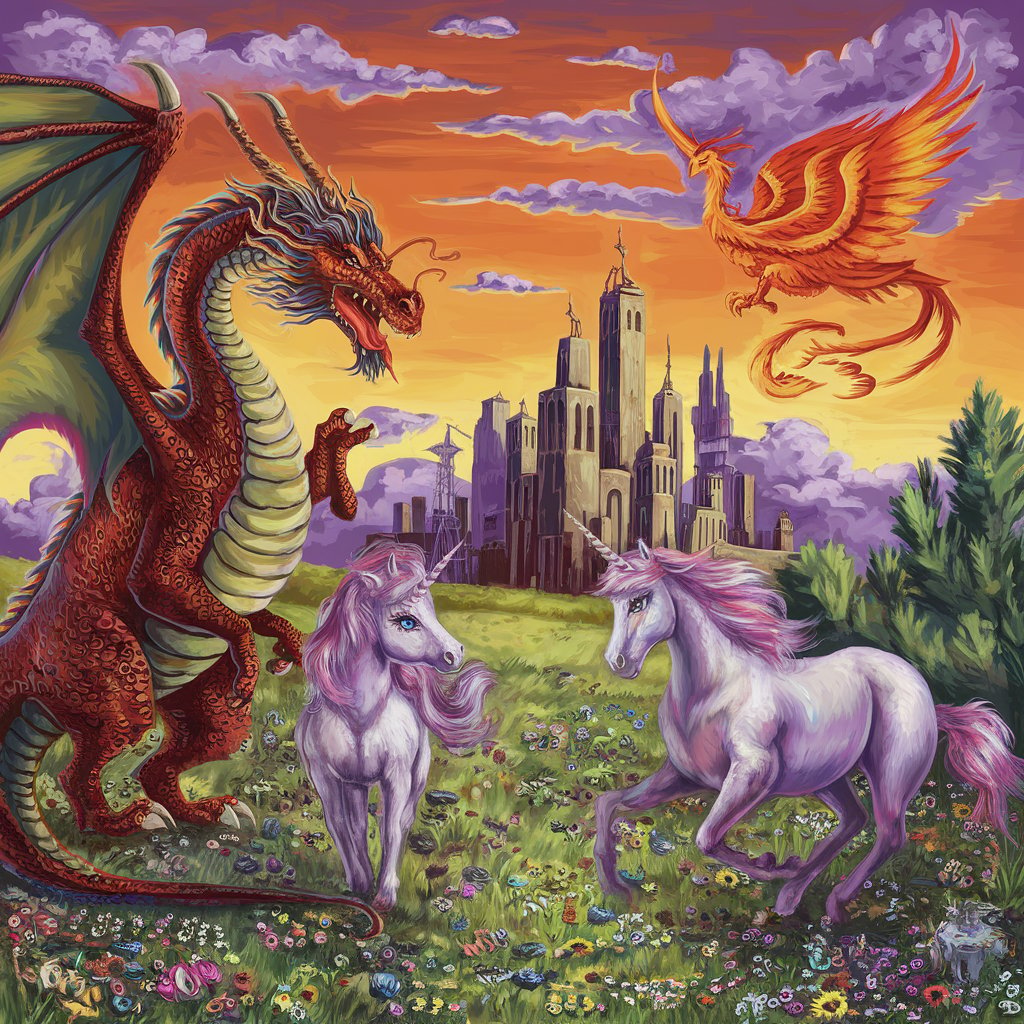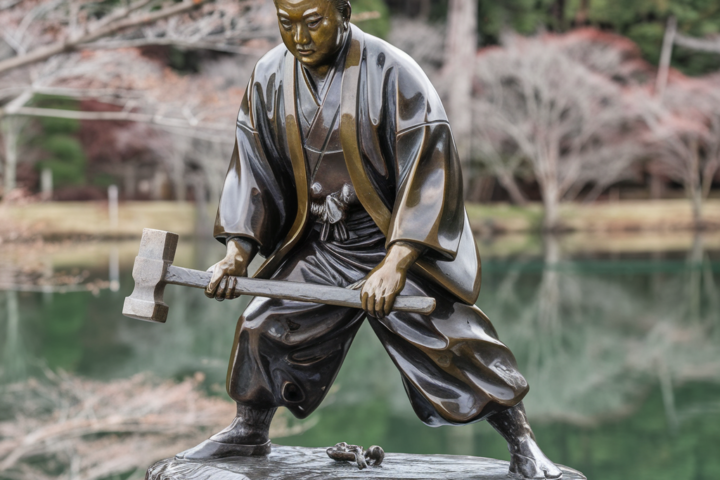Introduction to Taboofantazy
The world of fantasy is often a playground where the imagination runs wild, unrestricted by the rules of reality. Within this expansive realm, a unique sub-genre is emerging, known as taboofantazy. This term blends two distinct concepts: “taboo” and “fantasy.” By combining these ideas, taboofantazy explores themes that challenge societal norms and venture into the darker, often forbidden aspects of fantasy storytelling. As an ever-evolving genre, it explores controversial subjects in ways that can either shock or captivate its audience, offering a nuanced perspective on the boundaries of cultural and moral frameworks.
In this article, we will delve deep into the world of taboofantazy, examining its origins, characteristics, controversies, and its place in contemporary media. We will also explore the ethical implications of such fantasy stories and the ways in which they push the limits of what is acceptable in fiction. Whether you are a fan of the genre or just discovering it, this comprehensive guide will provide a thorough understanding of taboofantazy and its impact on modern storytelling.
Table of Contents
What is Taboofantazy?
To understand taboofantazy, we must first break down the components of the term. “Taboo” refers to something that is socially or culturally prohibited, a topic that is deemed off-limits due to moral or ethical considerations. These subjects often evoke strong emotional responses because they challenge deeply ingrained beliefs and societal norms. On the other hand, “fantasy” refers to a genre of fiction that involves supernatural elements, imaginary worlds, and beings that do not exist in our reality. When combined, these two concepts form taboofantazy, a genre that blends the fantastical with the forbidden.
At its core, taboofantazy explores the juxtaposition of taboo topics within fantastical settings. It can take the form of literature, film, art, or even interactive media such as video games. In these works, creators often tackle sensitive subjects such as power dynamics, societal taboos, and the exploration of alternative worlds where the usual moral constraints are either warped or nonexistent.
The Rise of Taboofantazy: Origins and Evolution
The roots of taboofantazy can be traced back to the broader genre of fantasy, which has long been used as a vehicle for exploring societal norms and human nature. Early fantasy works often incorporated themes of heroism, adventure, and mythical creatures, all set in worlds where the rules of physics and logic were bent to the will of the creator. However, as the genre evolved, writers and creators began to push the boundaries of what was acceptable, incorporating darker and more controversial themes.
One of the key aspects of taboofantazy is the ability to create worlds where taboos can be explored without the constraints of real-world consequences. This allows for a form of artistic expression that challenges the viewer or reader to question their beliefs and societal norms. For example, many works within the taboofantazy genre explore issues like incest, non-consensual relationships, or other forms of taboo behavior that would be unacceptable in real life but can be examined in the context of fantasy.
The genre’s rise can also be attributed to the growing acceptance of darker, more mature themes in popular culture. As audiences become more desensitized to graphic content and explicit themes, taboofantazy has found its niche as a way to explore these themes within a safe, fictional context. Over time, this has led to an increase in the popularity of taboofantazy, with creators and fans alike seeking out works that push the boundaries of what is considered acceptable in storytelling.
Characteristics of Taboofantazy
What sets taboofantazy apart from other sub-genres of fantasy? The defining characteristic of this genre is the incorporation of taboo elements in a fantastical setting. These elements may be subtle or overt, but they always challenge the viewer’s or reader’s expectations. Some key characteristics of taboofantazy include:
- Exploration of Forbidden Topics: Taboofantazy often explores subjects that are traditionally seen as taboo in real life. This could include themes such as forbidden love, violence, power dynamics, or societal transgressions. The use of fantasy allows these themes to be examined without the real-world consequences they would normally entail.
- Moral Ambiguity: Works within the taboofantazy genre often blur the lines between right and wrong, forcing audiences to question their own moral compass. In these stories, there may not be clear heroes or villains, and the actions of characters may be morally complex or controversial.
- Subversion of Norms: By its very nature, taboofantazy subverts societal norms. These works often challenge conventional ideas of morality, ethics, and what is considered acceptable behavior. This can lead to a disorienting experience for the audience, as they are forced to confront their own biases and beliefs.
- Dark and Complex Worlds: The worlds depicted in taboofantazy are often dark, dystopian, or morally decayed. These settings reflect the complex and often troubling themes explored within the genre. Whether it’s a magical realm where dark rituals are commonplace or a futuristic world where technology has altered the very fabric of society, the setting plays a key role in enhancing the taboo elements of the story.
Taboofantazy in Literature
Literature has long been a medium for exploring controversial and taboo topics, and the taboofantazy genre is no exception. Many writers have used fantasy as a way to explore themes that would be difficult, if not impossible, to address in more realistic settings. One of the hallmarks of taboofantazy literature is its ability to challenge readers’ preconceived notions while still offering an engaging and immersive narrative.
Some of the most famous works of taboofantazy include dark fantasy novels, where characters navigate morally grey areas and engage in taboo actions. For example, authors such as George R.R. Martin, in his A Song of Ice and Fire series, have incorporated themes of incest, betrayal, and power struggles that reflect the darker side of human nature. Similarly, the works of authors like Clive Barker, who often explores themes of body horror and taboo relationships, offer readers a glimpse into worlds where the boundaries of the acceptable are continually tested.
In these stories, fantasy settings provide a unique lens through which taboo themes can be explored. The fantastical elements of these works allow for the depiction of scenarios that would be unthinkable in the real world, but still offer readers the opportunity to reflect on the underlying themes.
The Role of Taboofantazy in Film and TV
In the realm of film and television, taboofantazy has gained traction in recent years as audiences have shown a growing appetite for more mature and provocative content. Shows like Game of Thrones and films like Pan’s Labyrinth blend elements of fantasy with darker, taboo themes, offering a potent combination of escapism and moral complexity. These works often use fantasy as a means of confronting difficult societal issues, such as the abuse of power, the consequences of violence, and the corruption of innocence.
The visual nature of film and TV allows for an even more visceral exploration of taboo topics. With stunning special effects and richly detailed settings, taboofantazy stories can immerse viewers in worlds where the forbidden feels both alluring and dangerous. This creates a compelling narrative tension, as audiences are drawn into these dark worlds and forced to grapple with the ethical implications of the actions depicted on screen.
Taboofantazy in Video Games and Interactive Media
Interactive media, particularly video games, has become an increasingly popular platform for exploring taboo themes within a fantastical context. In many role-playing games (RPGs) and immersive worlds, players are given the freedom to make choices that can lead to morally ambiguous outcomes. Games like The Witcher series and Dark Souls incorporate dark fantasy elements and allow players to engage with themes of taboo through the choices they make.
In taboofantazy video games, players might find themselves in worlds where societal rules are bent or broken, and they must navigate a landscape filled with moral quandaries. These games challenge players not only to engage with fantasy but also to think critically about the decisions they make and the consequences those choices have within the game world.
Controversy and Criticism of Taboofantazy
While taboofantazy offers a rich space for creative expression, it is not without its critics. Many argue that works within this genre can glorify harmful behaviors or normalize dangerous ideas. For example, the portrayal of incest or non-consensual relationships in a fantasy context can be seen as perpetuating harmful stereotypes or trivializing serious issues.
Critics of taboofantazy often argue that, by engaging with taboo subjects, these works can desensitize audiences to real-world problems or encourage unhealthy attitudes. However, defenders of the genre argue that, when handled responsibly, taboofantazy can be a powerful tool for exploring difficult themes and sparking important conversations.
The Future of Taboofantazy
As society continues to evolve and new cultural taboos emerge, it is likely that taboofantazy will continue to push the boundaries of what is considered acceptable in art and storytelling. Whether through literature, film, or interactive media, creators will find new ways to engage with the darker aspects of the human experience within fantastical settings.
As audiences become more accepting of complex, morally ambiguous narratives, the demand for taboofantazy content is likely to grow. This will challenge creators to explore even more controversial themes and confront the ethical dilemmas that arise when fantasy meets taboo.
Also Read: Jonathonspire: Exploring the Impact and Innovation
Conclusion
In conclusion, taboofantazy is a unique and evolving genre that pushes the boundaries of both fantasy and societal norms. By exploring taboo topics in fantastical settings, it challenges audiences to think critically about the moral and ethical implications of the stories being told. Whether in literature, film, or video games, taboofantazy continues to captivate and provoke, offering a complex and sometimes uncomfortable examination of human nature and the worlds we create.
As this genre evolves, it will no doubt continue to spark debates about the role of fantasy in addressing taboo subjects and the responsibility of creators in handling sensitive material. Despite its controversial nature, taboofantazy remains a powerful form of artistic expression, one that offers a window into the darker recesses of the human psyche and invites us to question the boundaries of imagination itself.











